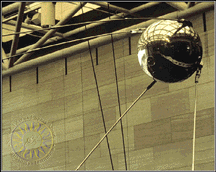Image of Sputnik satellite.
Click on image for full size
National Air and Space Museum
Sputnik
The Soviet Sputnik program consisted of four satellites, three of which reached Earth orbit.
Sputnik 1, launched on Oct.4, 1957, became the first artificial satellite to successfully orbit the Earth. It was a metallic sphere about 2 feet across, weighing 184 lbs (84 kg), with long "whiskers" pointing to one side, and stayed in orbit for 6 months before falling back to Earth. Its rocket booster, weighing 4 tons, also reached orbit and was easily visible from the ground.
The second Sputnik satellite was launched on Nov 3, 1957 and carried a dog, named Laika, into space. Biological data was returned for a week before the animal had to be put to sleep.
The Sputnik missions all happened during the midst of the Cold War between the U.S.S.R. and the United States. Americans became worried about the Soviet accomplishments and soon the development of space technology became a national priority.
You might also be interested in:
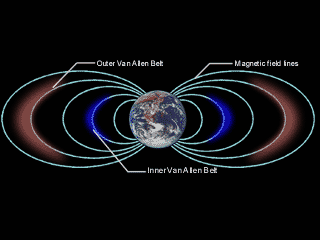
In 1957, Russia launched Sputnik 1, the first spacecraft to ever be launched. Americans wanted to send up a satellite too. They sent up Explorer I. Even though this was America's first satellite, Explorer
...more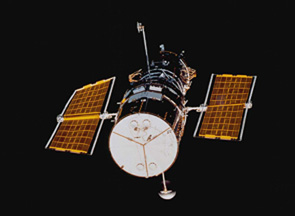
The Hubble Space Telescope (HST) is really neat! It was first launched in 1990, but scientists started building it in the 1970's! We have found all kinds of objects like stars, nebulae and galaxies. The
...more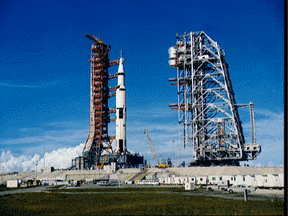
Apollo 11 was the first mission that landed a person on the moon. On July 16, 1969, the U. S. rocket Saturn 5 was launched carrying the lunar landing module Eagle. The Eagle was released and it reached
...more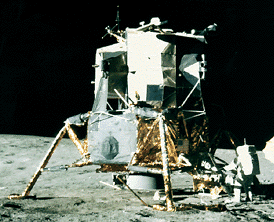
Apollo 12 was launched on Nov. 14, 1969 and arrived at the Moon three days later. Astronauts Charles Conrad and Alan Bean descended to its surface, while Richard Gordon remained in lunar orbit aboard the
...more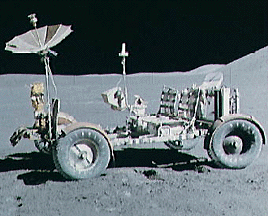
Apollo 15 marked the start of a new series of missions from the Apollo space program, each capable of exploring more lunar terrain than ever before. Launched on July 26, 1971, Apollo 15 reached the Moon
...more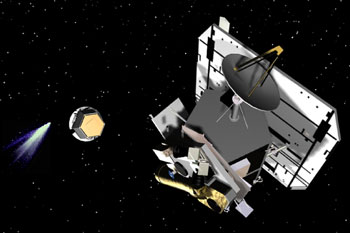
NASA chose Deep Impact to be part of a special series called the Discovery Program. This program is for cheap, scientific projects. In May 2001, NASA said it was ok to start with mission development for
...more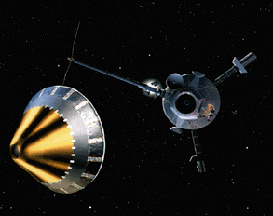
Galileo was a spacecraft that orbited Jupiter for eight years. It made many discoveries about Jupiter and its moons. Galileo was launched in 1989, and reached Jupiter in 1995. The spacecraft had two parts.
...more


